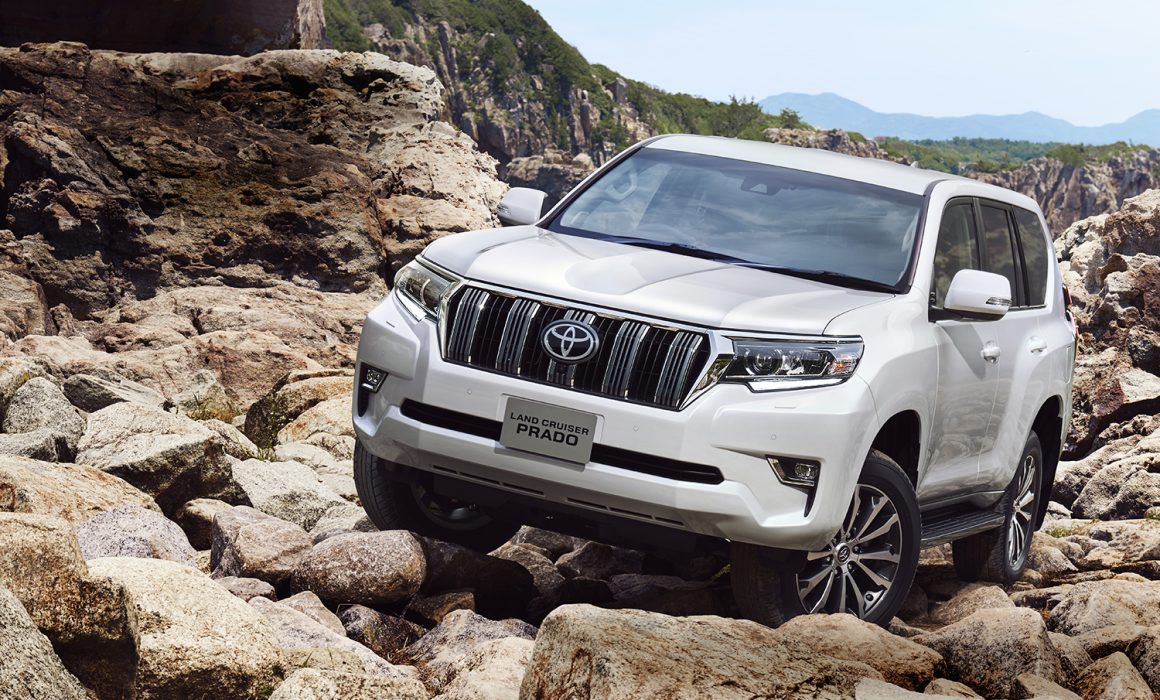Appropriate Seating Position
Make sure you are in a proper seating position, which is required for your driving safety, as well as allowing you to respond rapidly and correctly to any change in driving conditions. Make sure the vehicle is as stable as possible is one of the most important things to look for when driving over dicult terrain. As useful tip is to slide the seat forward and place the seat back in a more upright position than normally used once you enter a dicult terrain. This driving position will not only give you improved driving visibility, but also assure a three-point seating position with the left foot, knee and right hip, which allows you to maneuver the vehicle quickly and precisely.

Mirrors are your second set of eyes. Tips for proper adjustment
When additional attention is required on a path when driving over dicult terrain, the left and right side mirrors should be adjusted slightly downward in order to allow you to see the rear wheels and the drive line.

Close all windows
If the situation allows, all windows should be completely closed to avoid the entry of foreign objects and to serve as a precaution in the event of a rollover. It is extremely dangerous to take your head out of the window when driving in reverse. However, a small opening of two to three centimeters can be useful in allowing the driver to hear changes in engine conditions as well as slipping tires due to a loss of traction.

Correctly Handling the Steering Wheel
When driving o-road the use of the steering wheel is basically the same as when driving over paved roads. A lot of attention should be paid when driving over bumpy roads since potholes and bumps can make the vehicle tilt and/or kickback from the steering wheel. If the steering wheel is not held properly, the driver can suer broken fingers or sprained wrists.

Soft and precise braking control
Roughly operating the brake pedal can lead to steering lock and sliding of the vehicle when driving over wet, frozen surfaces, as well as sand and gravel, thanks to driving over low friction surfaces with a heavy vehicle. Special care should be taken when driving down steep slopes which are actually more slippery than expected. In this case, the pedal should be pressed softly. In principle, you should do most of your braking with engine compression and use the conventional foot brake as a secondary measure.
Always drive carefully!
In general terms, a 4WD vehicle is heavier than its 4×2 counterpart, due to additional drivetrain components. If you attempt to drive a 4×4 vehicle in the same way you would a 4×2 vehicle, you could end up with a longer braking distance or less responsive acceleration when starting o or overtaking another vehicle. In addition, the vehicle’s center of gravity is placed higher due to the additional necessary road clearance which is necessary for driving over dicult terrain. High G-Forces can aect the vehicle’s stability when turning
due to a larger side imprint. In order to properly maneuver with the unique 4×4 features mentioned above, you must always drive with caution and not be overly aggressive. Avoid any sudden operation such as quickly accelerating, sharp turns, stopping or shifting gears suddenly, since you may cause an accident or become stuck.


